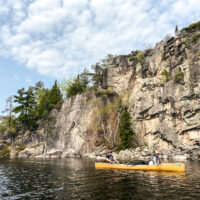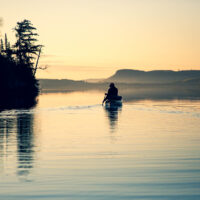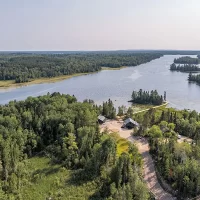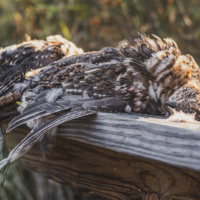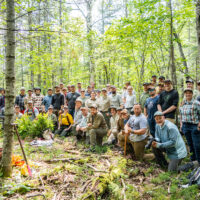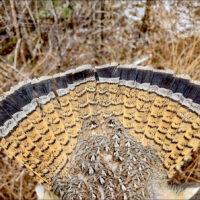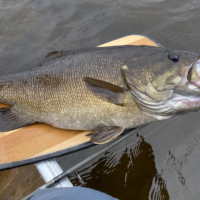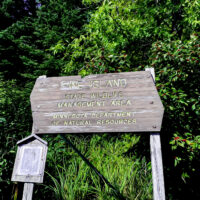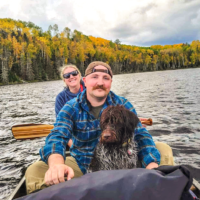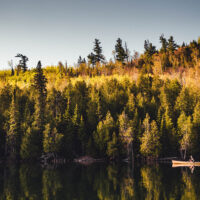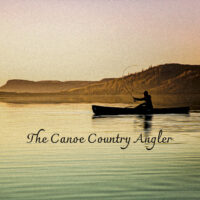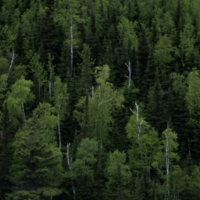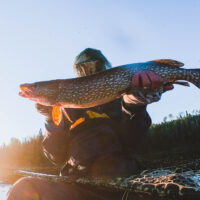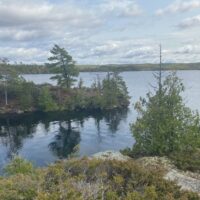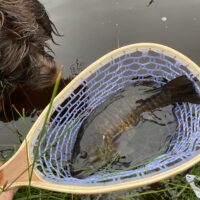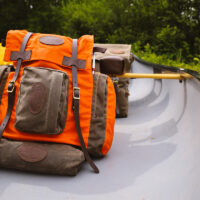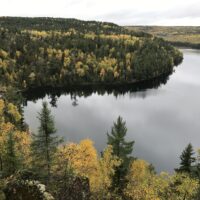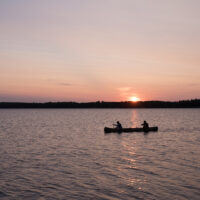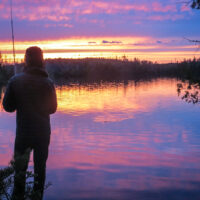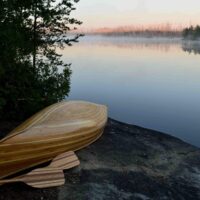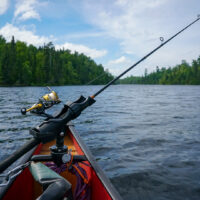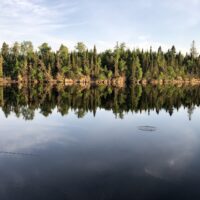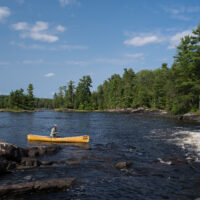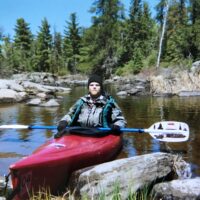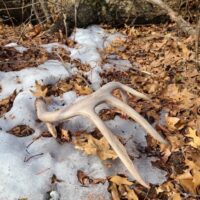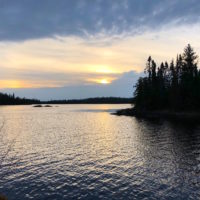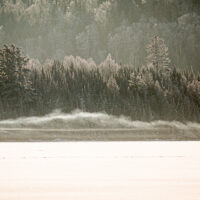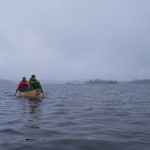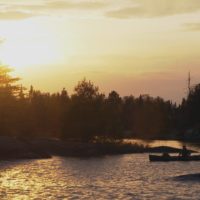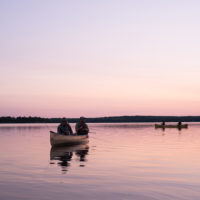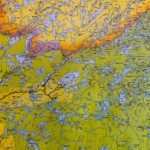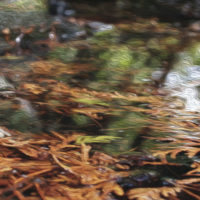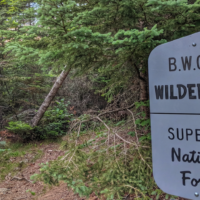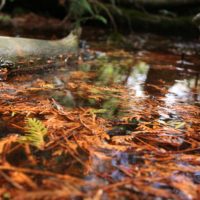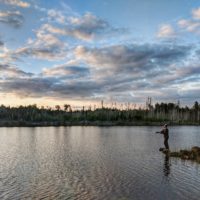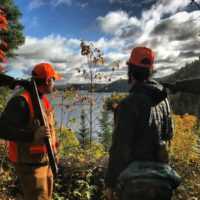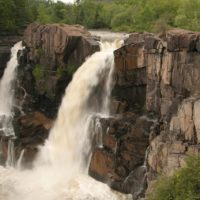Twin Metals tosses a Hail Mary with new plan
July 19, 2019 9:15 pmTwin Metals moves tailings pile to BWCA watershed, hunters and anglers not fooled
By Sportsmen for the Boundary Waters
On Thursday, July 17th, Twin Metals Minnesota announced new plans to dry stack it’s acid-generating mine tailings in the watershed of the Boundary Waters and Voyageurs National Park, even closer to the BWCA than previously planned. This is not an improvement. No safeguard from this type of mining would prevent pollution or negative impacts on the fish and wildlife of the BWCA. This project still presents an unacceptable risk to the Boundary Waters, our outdoor traditions and future generations who will benefit from this one of a kind place.
Prior to today’s announcement, Twin Metals had proposed a tailings basin outside of the Wilderness watershed. Twin Metals now proposes a location within several miles of the Wilderness and in direct proximity to Birch Lake. Peer-reviewed and published hydrology show that pollution from this location will flow into the Boundary Waters via Birch Lake and other pathways. This site plan change represents a significant increase in pollution volume stored in the Boundary Waters watershed and increased risk to the Boundary Waters.
Twin Metals made a number of false claims in their announcement, the most brazen being that the Maturi Deposit will be non-acid generating. In fact, data from state and federal agencies, as well as independent testing, proves that the Maturi Deposit is not only acid-generating, but has already been exposed to air and water at the Dunka Mine operated by LTV as far back as 1964. The same deposit that Twin Metals hopes to mine has been generating acid for over 40 years.
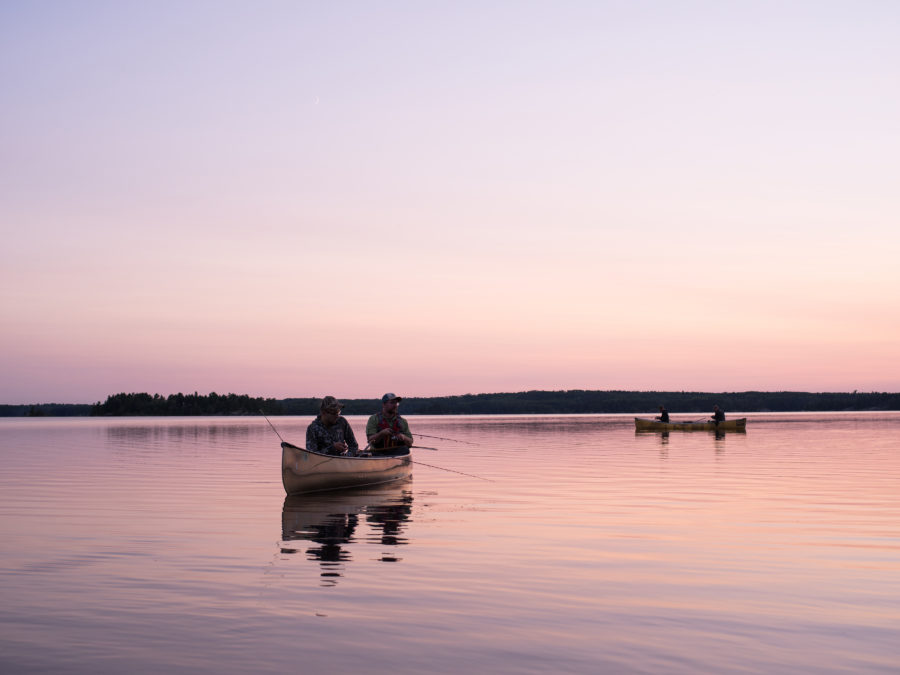
The U.S. Forest Service conducted the only comprehensive review of a Twin Metals mine in the watershed of the Boundary Waters and concluded in a detailed record of decision in 2016 that a sulfide-ore copper mine in this location presented an unacceptable risk to the Boundary Waters and to protected portions of the Superior National Forest. The Forest Service also articulated their concerns about acid-generating waste from the Maturi Deposit in 2016, in a letter from Chief Tom Tidwell. Twin Metals lied, and continues to lie, about the acidic content of the waste rock they plan to store upstream of the Boundary Waters.
The announcement by Twin Metals does not in any way address the environmental and legal reasons for rejection by the Forest Service. If anything, siting a large tailings basin of any method near the Boundary Waters and Birch Lake, in the headwaters of this world-class fishing and hunting destination, creates a greater risk of irreparable harm to the Boundary Waters – harm that cannot be fixed or mitigated.
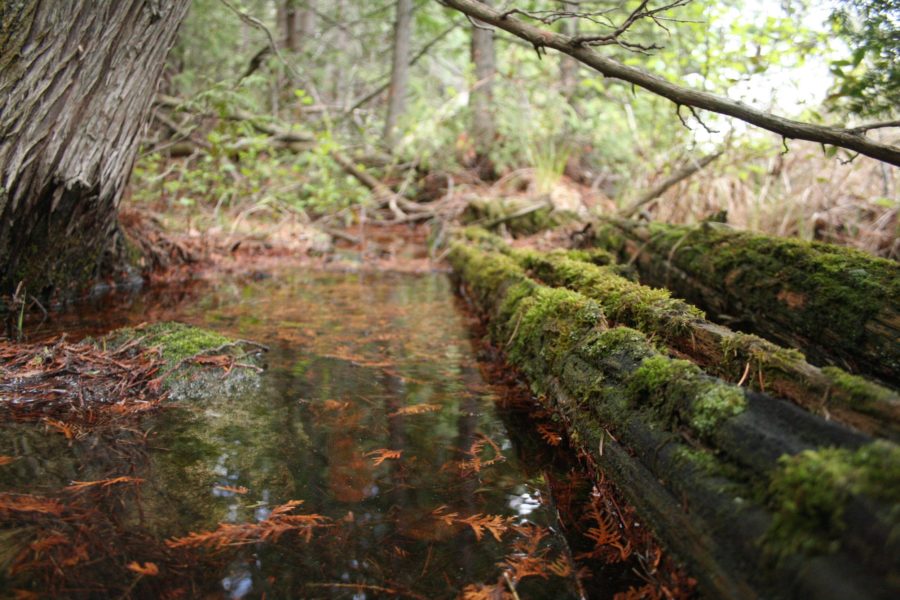
What is dry stacking and what does it mean for the BWCA?
Dry stacking next to the Boundary Waters is far from a safe plan. Twin Metals had hoped to distract from the dangerous move of a tailings basin from the Lake Superior watershed to the Boundary Waters watershed by promoting this dry stacking method for storing its tailings. Such a method does not address or mitigate the increased threat to the Boundary Waters. In fact, it creates new problems for the already sensitive water-rich environment of the BWCA.
First, the tailings Twin Metals would produce can rehydrate. Dry stacking tailings does not completely remove moisture from the tailings, but reduces the moisture content in tailings down to 15-20% of a traditional, wet storage. Given Northern Minnesota’s wet climate, and the likelihood of increased precipitation near the Boundary Waters than other, more arid places where dry stacking has been employed, there is no evidence to suggest tailings would remain dry. Additionally, each dry stack of tailings, if managed responsibly, would require the installment of a cover above said tailings. The cover Twin Metals would install would leak; as they all do. Each cover on the market today has a warranty of 15-20 years, and the tailings would remain on site indefinitely.
Also, dry stacking does not remove heavy metals or chemical effluent from mineral processing from tailings. Twin Metals will have to build a perpetual leakage collection and treatment system that would include a dam, with the potential for failure. The amount of leakage depends on the amount of precipitation a dry stack is exposed to, how long it would be before Twin Metals installs a tailings cover. Twin Metals says it will operate the mine for several decades, meaning that for decades rain and snow will fall on the tailings generating runoff that will need to be contained, stored upstream of the Boundary Waters and treated.
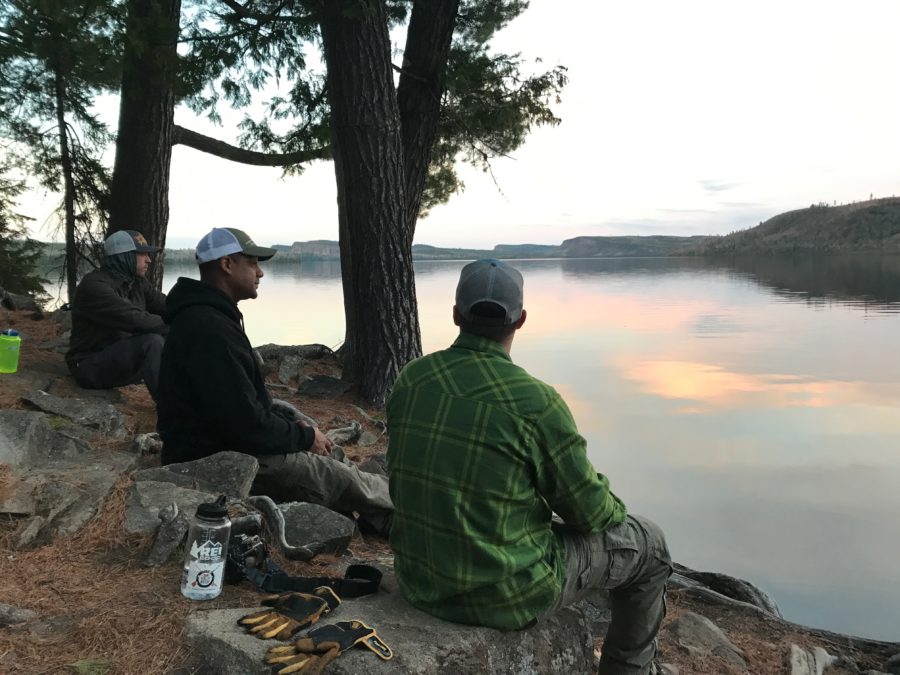
The Boundary Waters is a special place, filled with the wonders of the Northwoods and an awe-inspiring landscape shaped by glacial movements millennia ago. At nearly 1.1 million acres, the Boundary Waters spreads across the Northeastern tip of Minnesota. It is a vast boreal forest consisting of interconnected lakes, streams, wetlands and aquifers that provide some of the best fishing and hunting the world has to offer. Hunters and anglers travel to the Boundary Waters for the one-of-a-kind chance to pursue lake trout, walleye, smallmouth bass, northern pike, whitetail deer, ruffed grouse and black bear in a true backcountry Wilderness landscape. Let’s do everything we can to keep it this way for future generations.
What can you do?
Like we’ve said all along, no safeguard from this type of mining would prevent pollution or negative impacts to the BWCA, the fish and wildlife it contains or the small businesses that depend on the Boundary Waters. This project still presents an unacceptable risk to the Boundary Waters, our outdoor traditions and future generations who will benefit from the BWCA.
Contact Congress – This project has gone on far too long. It’s time for our statewide elected officials to stand for Boundary Waters protection and Minnesota’s public land.
Share With Family & Friends – Spread the word far and wide. Let your contacts know that the Boundary Waters needs them now more than ever.
Donate – We need your help now more than ever and it is because of you that we will continue the fight to protect the Boundary Waters for future generations.
Sportsmen for the Boundary Waters works tirelessly to protect the integrity of the Boundary Waters Canoe Area Wilderness and its watersheds for huntable and fishable populations of fish and wildlife, now and forever through advocacy and education.


